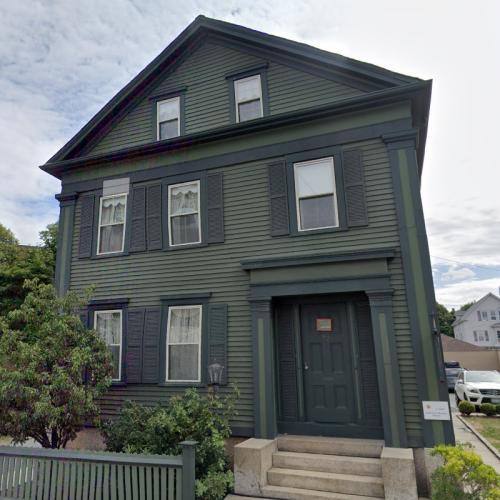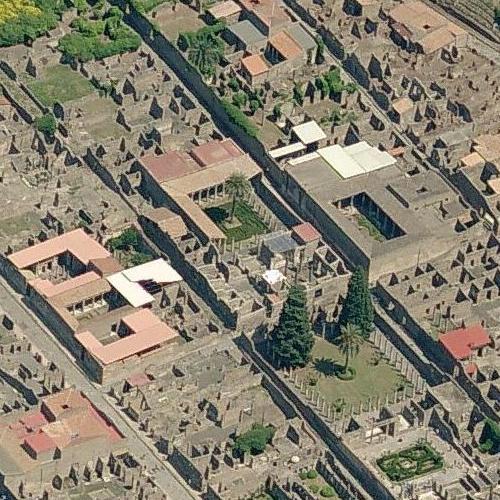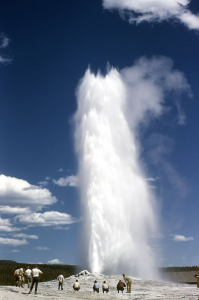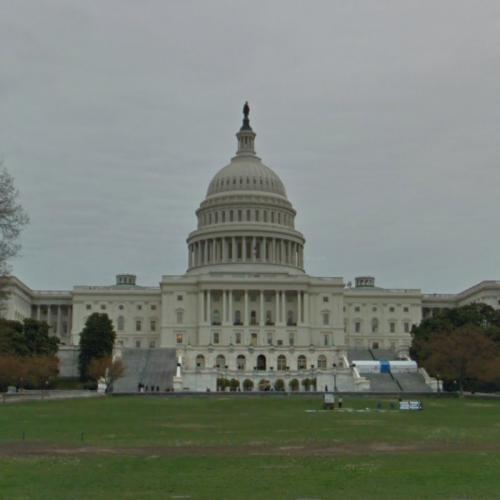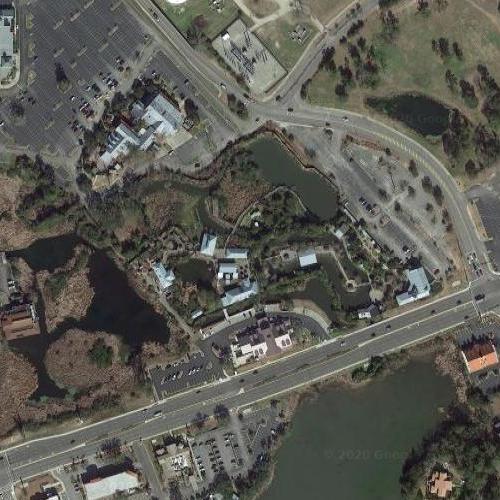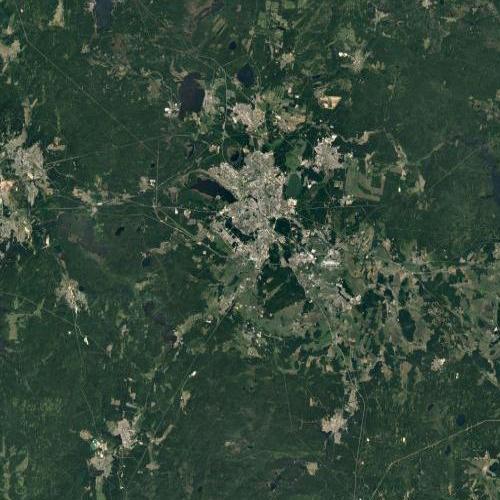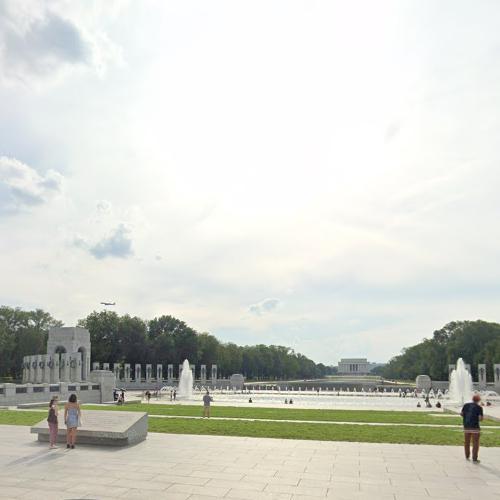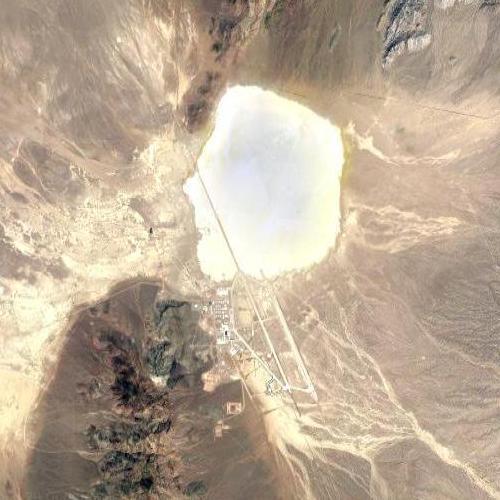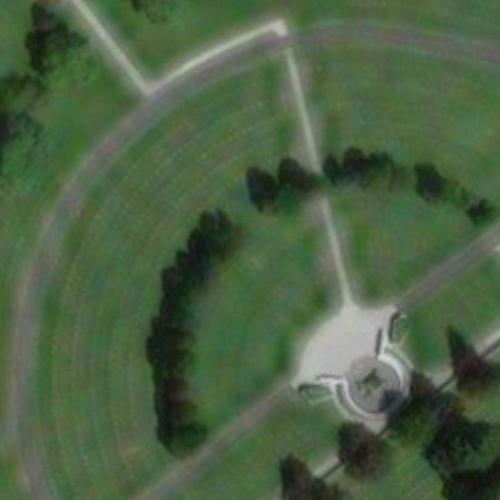We’re making progress in the most interesting year in awhile, but 2020 isn’t the only time things have been wild. Let’s take a look back in history and see some important historical events.
Iraq Invades Kuwait
Tensions between Iraq and its neighboring country Kuwait were simmering for awhile over oil production issues when, on August 2, 1990, Iraq invaded Kuwait. Within two days, the small country’s military was completely overrun, and shortly thereafter the country was annexed by Iraq.
Soon, a US-led coalition declared war on Iraq in what became known as the Gulf War. They started bombing Iraq on January 16, 1991, and after a five week ground assault, Kuwait was liberated from the Iraqis.
While the Iraqi military leadership had declared a retreat, a unit stationed at the Kuwait International Airport did not receive the message, and engaged allied forces in a several-hours long standoff before they surrendered.
Lizzie Borden’s Parents are Murdered
On the morning of August 4, 1892, Andrew Borden and his wife Abby were found gruesomely murdered by an axe in their home in Fall River, Massachusetts. Andrew’s 32 year old daughter Lizzie Borden was the prime suspect, and tried for their murders.
While she was acquitted of the crimes, she lived the rest of her life under a haze of suspicion, and the macabre rhyme about the crime has ensured she will be remembered for many years to come. “Lizzie Borden took an axe and gave her mother forty whacks. And when she saw what she had done, she gave her father forty-one.”
Marilyn Monroe Is Found Dead of a Drug Overdose
Marilyn Monroe was an actress, singer, and sex symbol in the 1950s and 1960s, starring in several popular films and capturing the attention of many American men, including, allegedly, President John F. Kenned. However, she was plagued by depression, drug addiction, and other maladies.
On August 5, her housekeeper found her dead, and it was determined that she passed away on the evening of August 4, 1962, of an intentional drug overdose.
Fans the world over mourned her death, and she is still beloved by many, and considered one of Hollywood’s brightest stars.
Atomic Bomb Dropped on Hiroshima
By the summer of 1945, the war in Europe had come to an end, but the war between the Allies and Japan continued to rage on. It became clear that to defeat Japan, it would cost many more American, and Japanese lives. The decision was made to use a new, catastrophic, weapon against Japan in an effort to expedite the end of the war.
On the morning of August 6, 1945, an atomic bomb was dropped on Hiroshima, killing up to 166,000 civilians. As a direct result of the bombs on Hiroshima and then Nagasaki, which was dropped three days later, Japan surrendered to the United States on August 15.
Hiroshima was nearly entirely destroyed that day, but the surviving residents rebuilt the city into a thriving, vibrant metropolis. The city has not forgotten its history, and a beautiful memorial park and museum serve to honor the dead and tell the story of that day.
Berlin Wall Erected
After the end of World War II, Germany and its capital Berlin were divided among the Allied victors: the US, France, Great Britain, and the Soviet Union. However, after years of deteriorating relations between the former Allies, the Soviets erected a wall to divide their sector from the sectors of Berlin on August 13, 1961. They claimed it would keep westerners out, but it was clearly designed to keep East Germans trapped and unable to escape.
This wall became a symbol of the divide between “east” and “west”, communism and democracy, until it came down on November 9, 1989. While the wall is mostly gone, some pieces have been preserved as living symbols of the division, and unity, of the country.
Mount Vesuvius Erupts
Mount Vesuvius in southern Italy near Naples is an active volcano.
Its most famous eruption began early in the morning of August 24, 79 AD. It destroyed several nearby cities, including Pompeii and Herculaneum. The volcano began by spewing ash, giving residents of nearby cities a warning that the volcano was beginning to erupt. By the afternoon, the volcano shifted to violent and deadly eruptions, killing some people in an instant from the heat of the ash and lava.
It is estimated that more than 16,000 people died, some instantly. Many bodies, as well as much of the cities, have been preserved in remarkable condition due to the ash and lava that fell down on the cities. Sites are continually being excavated, and scientists and anthropologists are learning so much from the incredibly well-preserved sites. Tourists can visit the destroyed cities as well.
Princess Diana Dies in Car Crash
Diana Spencer became a princess when she married Prince Charles in 1981, and became a global icon over the next decade, earning the nickname “The People’s Princess”. The couple divorced, but Diana continued to be one of the most famous, and most photographed people in the world. Every aspect of her life was public fodder, and she was hounded by aggressive paparazzi wherever she went.
On August 30, 1997, she and her boyfriend Dodi Fayed, were in a car crash in Paris, France. Early the next morning, she was declared dead at a local hospital, plunging the world into shock and mourning.
Even now, more than 20 years later, she is still known around the world for her popularity, charity work, and kind personality.
This year may feel unique in terms of crazy events, but when we reflect on things from our past, it helps to put our challenges, and successes, in perspective. Here’s hoping that the rest of 2020 will be memorable for the best of reasons!

